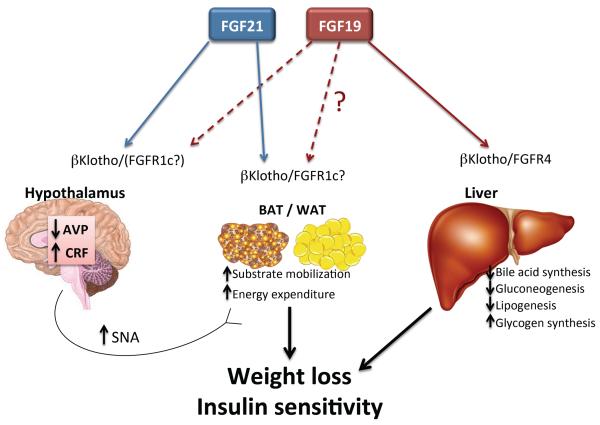Figure 1. Schematic representation of the beneficial pharmacological actions of FGF19 and FGF21.
In obese animals, pharmacologic administration of FGF19 and FGF21 causes weight loss and increases insulin sensitivity. FGF21 increases thermogenic energy expenditure through its coordinate action on adipose tissue and the hypothalamus to mobilize glucose and lipids, and to stimulate sympathetic nerve activity via AVP and CRF. These effects of FGF21 require signalling through βKlotho and one of the FGFRs (likely FGFR1c). In this way, FGF21 provides both the fuel (oxidative substrate) and the fire (beta adrenergic signaling) to drive heat production in the obese state. FGF19 works directly on liver through βKlotho and FGFR4 to decrease bile acid synthesis and provide beneficial effects on cholestatic diseases. In addition, FGF19 suppress hepatic glucose and lipid production, but may also improve metabolic parameters by activating similar processes to FGF21 in adipose and the CNS.

